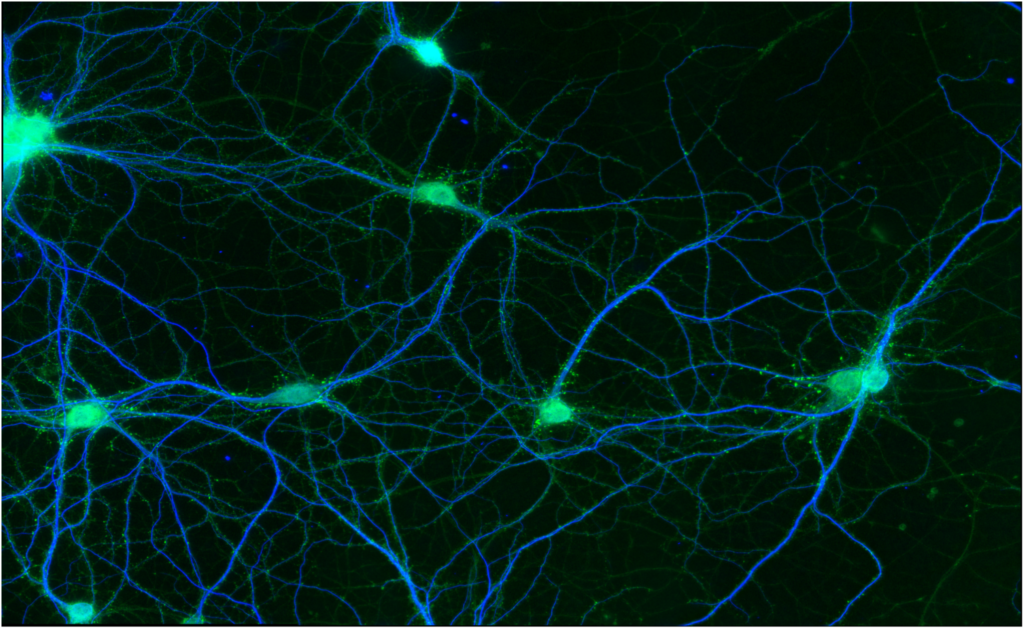Introduction
Autism, now called autism spectrum disorder (ASD), is a child psychiatric disorder, characterized by abnormal social behavior, such as impaired social interactions, disturbed social communication, and ritualistic behavior or restricted interests. The prevalence of ASD has increased up to 1-2 % or more. Although environmental factors may be involved in the pathogenesis of some ASD cases, on the whole, ASD is now considered a neurodevelopmental disorder. It is typically diagnosed by the age of three. Studies of monozygotic twins show an incidence of ASD from 60 % to over 90 %. These studies suggest that genetic components underlie pathogenesis of ASD. While most causes of autism remain unknown, chromosomal abnormalities, such as duplication of 15q11-q13, have been implicated in some cases of ASD. Recent genomic advances have identified various structural chromosomal variations such as CNVs (copy number variants) in addition to classical chromosomal abnormalities. There exist more de novo and heritable CNVs than previously considered and these CNVs can explain about 10 % of sporadic ASD. Many CNV cases are candidates for future animal models. Here, we collect our information regarding systematic mouse ES cell library we developed, each of which contains CNVs corresponding to human CNVs appeared in patients with ASD. We hope the information will help our understanding of ASD pathology.
